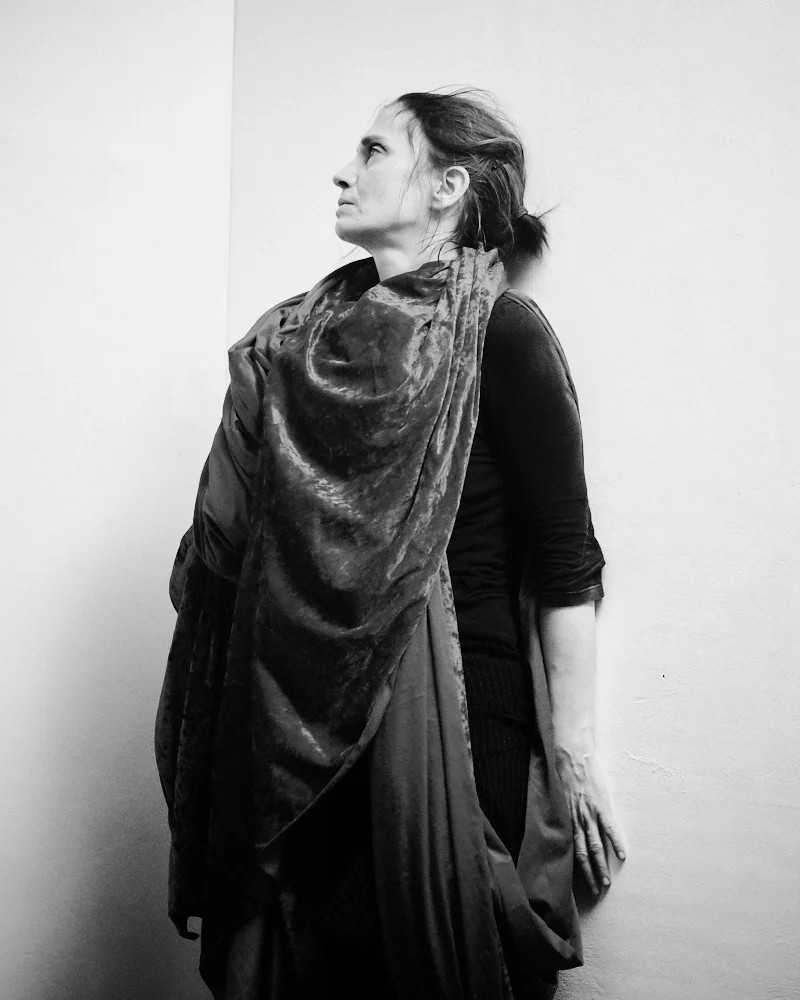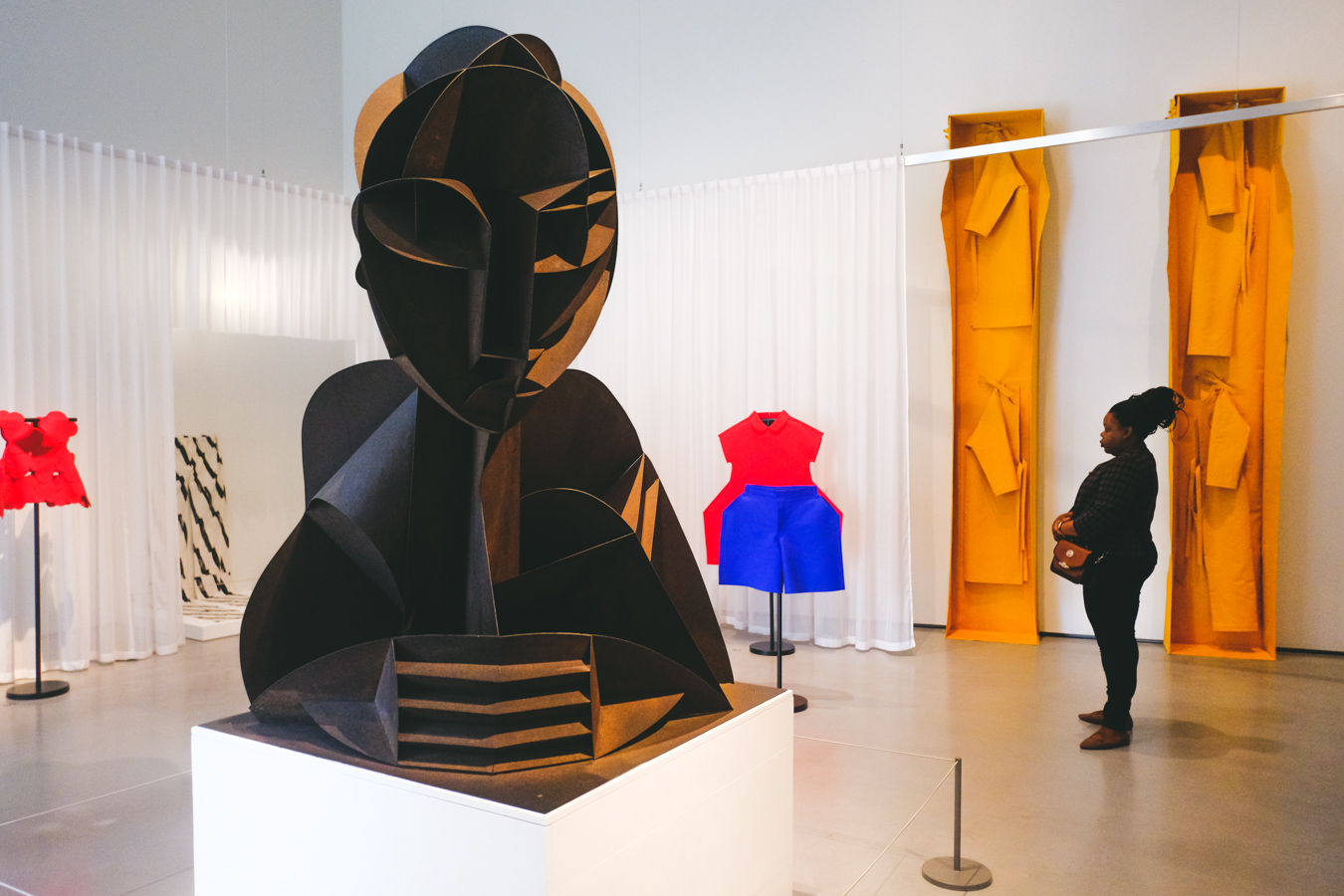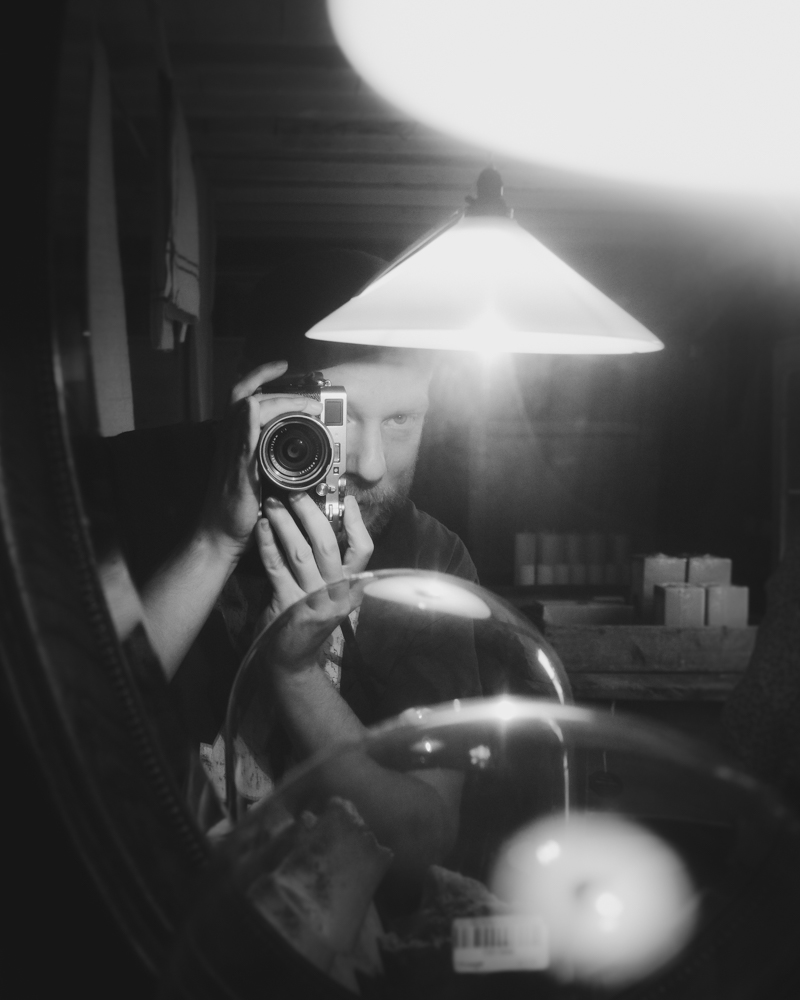From time to time we hear about Albania in the news; either focusing on the ethnic tensions between the nation and its neighbours or on the economic migrants finding new lives in other EU countries. They’ve also become, along with other Eastern European nations, a safe and lazy choice for a Hollywood or cockney gangster film villain. What do we really know about Albania and her people?
Last night saw the opening of a new exhibition by Chiara Tocci at Cardiff’s Third Floor Gallery. In 1990 Communism in Eastern Europe fell and a wave of Albanians spread out towards Western Europe, seeking a new life away from the economic devastation and poverty of their mother country. Italy was a favoured haven, housing the twin lures of a working democracy and a strong economy. As a child Chiara Tocci and the families of her small Southern Italy tuned in to the news night after night as boatloads of Albanians – twenty thousand in three days –arrived at the Adriatic port of Apulia. The images made a strong impression and nine years later she found herself making a trip to Albania to discover the land they fled on, and learn something of the true character of its people, a character not yet adequately communicated by news or film.
Her subsequent photo project Life after Zog and other stories covers the pain of the division of Albania’s peoples; fully half of her seven million peoples exist elsewhere. It also maps the beauty of its landscapes and the slow decay of the houses and homes within.
Tocci makes great use of natural light and the subjects are compelling. Children stare into camera with a guarded, intense wariness whilst adults look back with a disarming openness – sometimes touched with despair, sometimes humour, but always content to be seen. Punctuating these human environmental portraits are shots of misty lakes and iron bunk-beds, babies in crafted wooden basinets and rows of portraits of what seem to be ex-political leaders, hung up high on a lonely wall.
All of these are shot in square format and Tucci shows a great flare for composition, with a muted richness of colour and some beautiful memorable details. The lady stood proudly next to her exercise bike, the woman with a mass of corn-gold hair tumbling from her headscarf, like a nautilus emerging from its shell. Not all of it works however. There’s a horse roaming on waste ground with a great backdrop, but the shot is a little muddled, there’s nothing distinct. A couple of low-light interior still-life shots fail to compel.
And yet there’s enough here to enjoy that I consider the project very much a success. There’s a cool, open bleakness to the landscapes and environments throughout, but these are uplifted by the open warmth of many of the people within. I do wish that she had shown us a little of the cities she mentions in the forward, moved away from the ritual laden country for a time to show the contrast she speaks of. It would also be interesting to see further work covering the Albanian communities both in her native Italy and her current place of residence, Wales.
In all this representative of the great photography coming out from Eastern Europe right now, consisting of a heady mix of new topography and low-light portraits. These are photographs that seem fresh and free of clutter, still and thoughtful; bereft of much of the movement and bustle and relentless socialising of Western photography.
Life After Zog runs at the Third Floor Gallery until the 28th of April, well worth a visit.
The photo-book Life After Zog is available to buy from Schilt Publishing at www.schiltpublishing.com
You can see Chiara Tocci’s work (and some great portraits Sian Phillips) at: http://chiaratocci.com/
































